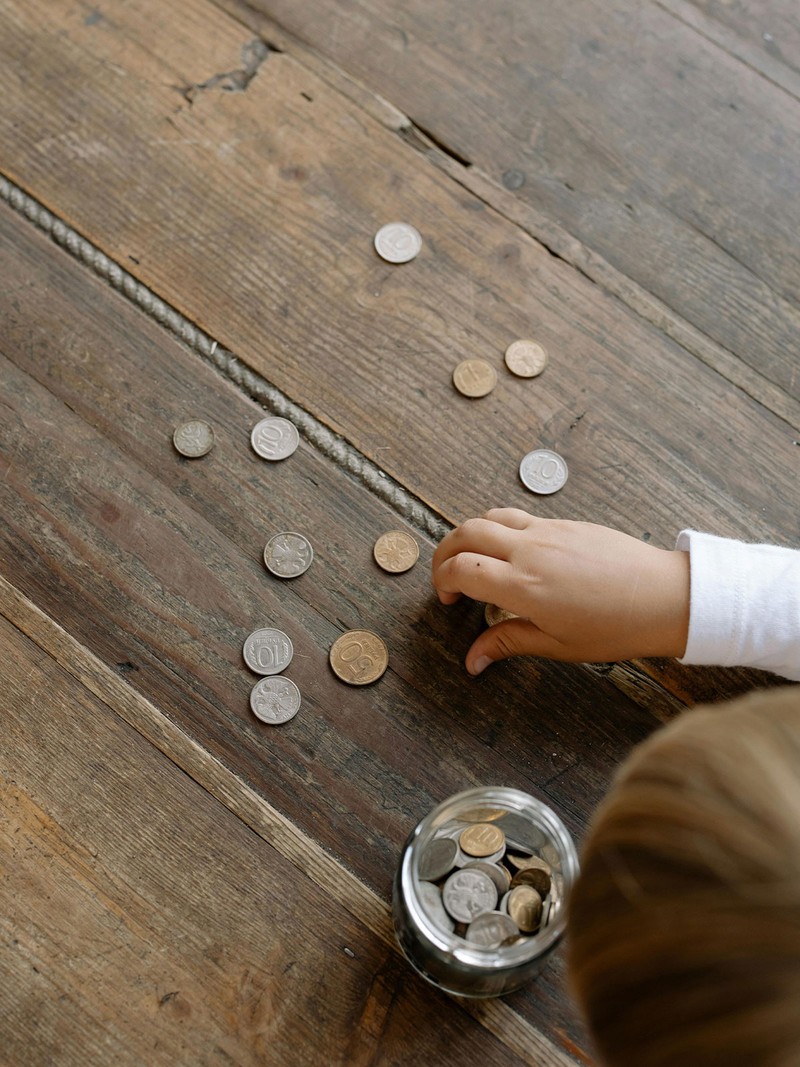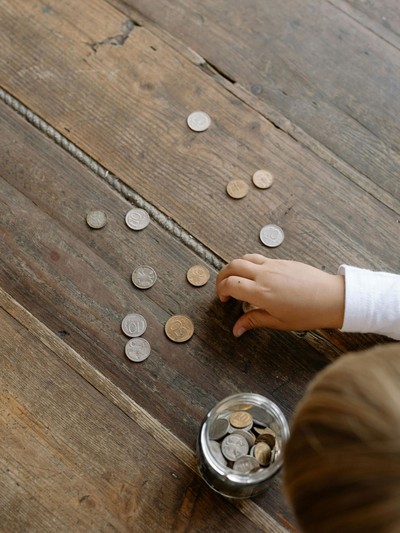

How To Raise Financially Confident Kids
Ayesha Ofori, founder of Propelle, says…
Watch Your Words
“The way we speak to children about money has a profound impact on their confidence and beliefs – often for life. Research shows our financial attitudes are largely set by the age of seven, shaped by what we observe and hear at home. Gender bias creeps in early: girls are typically taught to budget and save, while boys are encouraged to take financial risks and build wealth. Be intentional with your language. Speak to both sons and daughters about money as a tool for independence, freedom and opportunity. Don’t shy away from ambitious financial conversations with your girls – language shapes mindset.”
Turn Everyday Moments Into Lessons
“The tooth fairy is a prime opportunity to introduce the concept of saving and investing. Explain to your children how they can save the money they get as birthday gifts and from the tooth fairy, and that it can build up overtime. Consider using tooth fairy money to open a junior ISA (JISA). Pocket money is also a great opportunity for teaching value. Encourage little ones to split pocket money between saving, spending and donating. You can also set goals together – for instance, saving up for a toy or game – to help them learn about delayed gratification and financial planning.”
Get Them Involved In Real Life
“The supermarket is a brilliant hands-on classroom. Let your child scan items and press buttons at the checkout. It’s also a great way to introduce the concept of digital payments. If you’re paying with cash, get them to count the change with you – even small interactions help build familiarity.”
Introduce Investing Early
“It is possible for young children to grasp the idea of investing. We opened a junior ISA for our daughter and explained it’s a place where her money can grow over time. Now, she asks to check her balance, which gives us a chance to explain how investments rise and fall, but the aim is to capture long-term growth.”
Be Transparent About Money
“Let your children in on how you earn and manage money. My daughters know both mummy and daddy work and that we own a property portfolio. When our eldest overheard a conversation and asked why we had more than one house, we explained how investing in property works – and that we’re providing homes for others. It’s about normalising financial conversations from a young age.”
Visit PROPELLE.IO
Liz Hunter, commercial director at Money Expert says...
Rethink The Language You Use Around Spending
“Children absorb more than we think – including the language we use around money. Avoid using phrases like ‘retail therapy’, which can lead children to associate shopping with comfort and happiness, potentially laying the foundations for impulsive spending habits later in life. Instead, frame money in terms of value, trade-offs, and thoughtful decision-making. Also avoid referring to spending in an off-hand way that makes it seem consequence-free — this can create a false sense of abundance, especially in today’s contactless world.”
Open A Bank Account From Age 11
“Once they hit 11, consider setting children up with a youth bank account. Many come with debit cards and parental oversight, giving kids a taste of real-world money management in a safe space. This is also a great time to talk about budgeting, setting savings goals, and tracking expenses. Think of it as a financial training ground – while you’re still there to guide them.”
Visit MONEYEXPERT.COM
Lauren O’Carroll, ADHD specialist & parent coach, says…
Remember They’re Always Learning
“Children are constantly absorbing how we talk and behave around money – even when we think they’re not listening. From asking for ice-cream at the corner shop to seeing our reaction to a parking fine, they’re picking up cues. Neurodivergent children, in particular, can be especially attuned to emotional undercurrents. Make sure the messages you send – even the unspoken ones – reflect your values around money.”
Start As Soon As They’re Curious
“There’s no one right age to start money conversations – it’s more about following their curiosity. You’ll probably find they start asking for things around age four or five. That’s your cue. You can start talking about choice, value, saving and why we can’t always buy something right away. Think of it as a slow, layered conversation over many years, not a one-off sit-down.”
Use Play To Introduce The Basics
“Young children learn best through doing – and that includes learning about money. Playing shops is brilliant. It helps introduce the idea that money is exchanged for things, and that it’s not limitless. Visual and sensory learning works particularly well for neurodivergent children, so role play, sorting coins and counting change can all be powerful tools.”
Balance Chores & Pocket Money Carefully
“You might be tempted to link pocket money to chores – but consider taking a more balanced approach. If you pay for every chore, it can send the message that they should only help if there’s something in it for them. I prefer to expect that everyone contributes to family life but offer paid extras for occasional jobs like washing the car or helping weed the garden. That way, children understand both the value of contributing and the value of money.”
Let Them Make (Safe) Mistakes
“Natural consequences are the best teacher. If they spend all their money on sweets and have none left for something they really want next week, that’s a powerful lesson. It can be tempting to rescue them, but sitting with the disappointment, talking through their choices, and sharing your own mistakes will teach them more in the long run — especially for children who struggle with impulse control, like many with ADHD.”
Be Realistic With Teens
“Teenagers are wired for impulsive behaviour – expect some trial and error. Give them safe ways to practice – managing a clothing budget, planning a day out, or even helping with family expenses like transport or gifts. Avoid lecturing – share your own stories of money mistakes to reduce shame. When we talk about impulse spending, debt or bad decisions without judgement, we’re also teaching emotional regulation and resilience.”
Use Tools To Make It Fun
“Books like That’s My Money by Maddy Alexander-Grout introduce money to young kids in a playful way. For older children, prepaid cards like GoHenry or Starling Kite give them real-world experience with built-in boundaries. And for neurodivergent learners, apps like RoosterMoney can help make abstract concepts tangible.”
DISCLAIMER: We endeavour to always credit the correct original source of every image we use. If you think a credit may be incorrect, please contact us at info@sheerluxe.com.
All products on this page have been selected by our editorial team, however we may make commission on some products.
/https%3A%2F%2Fsw18.sheerluxe.com%2Fsites%2Fsheerluxe%2Ffiles%2Fwebsite-images%2F2025%2F04%2Fnew-parenting-background-image.jpg?itok=rRrLkJpg)